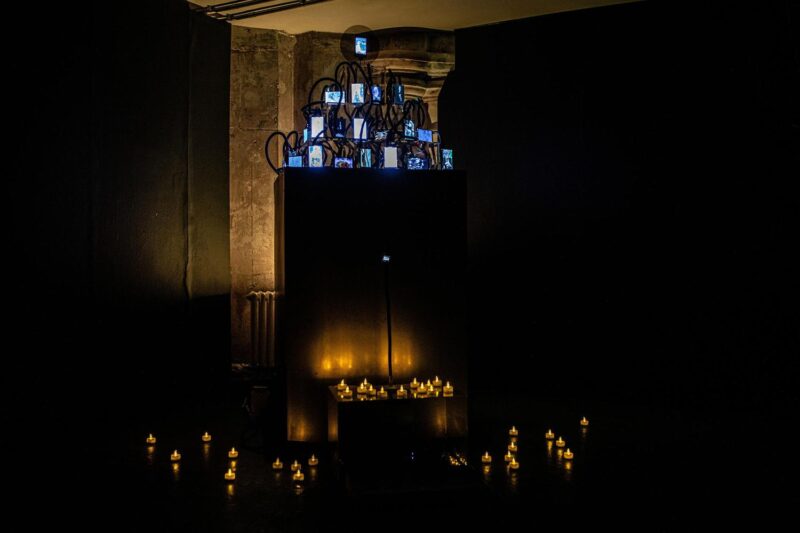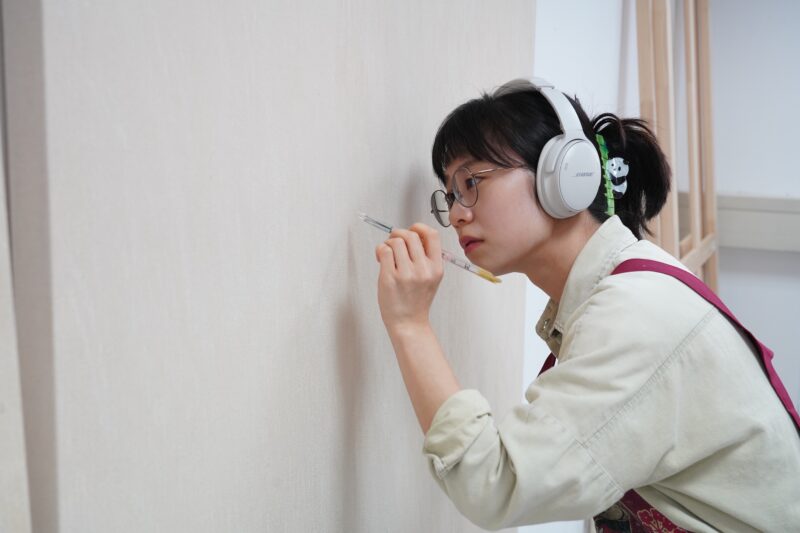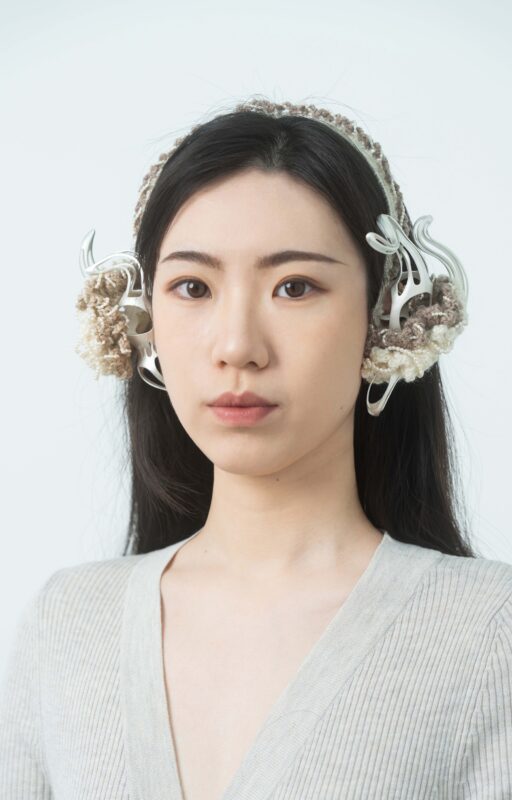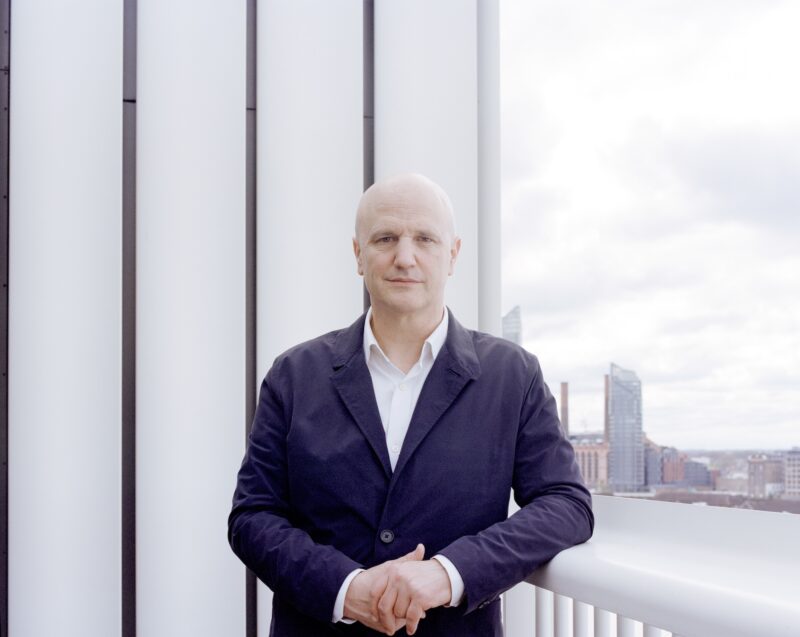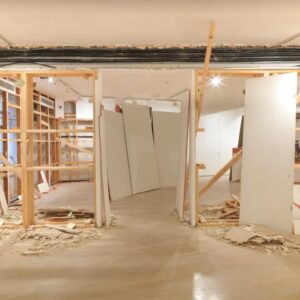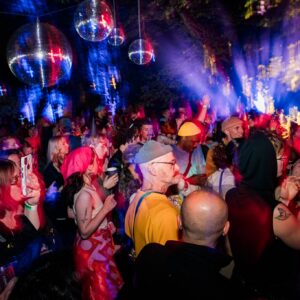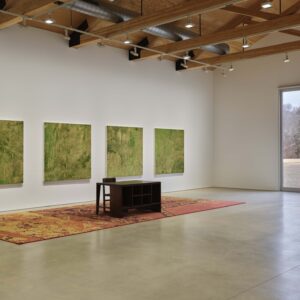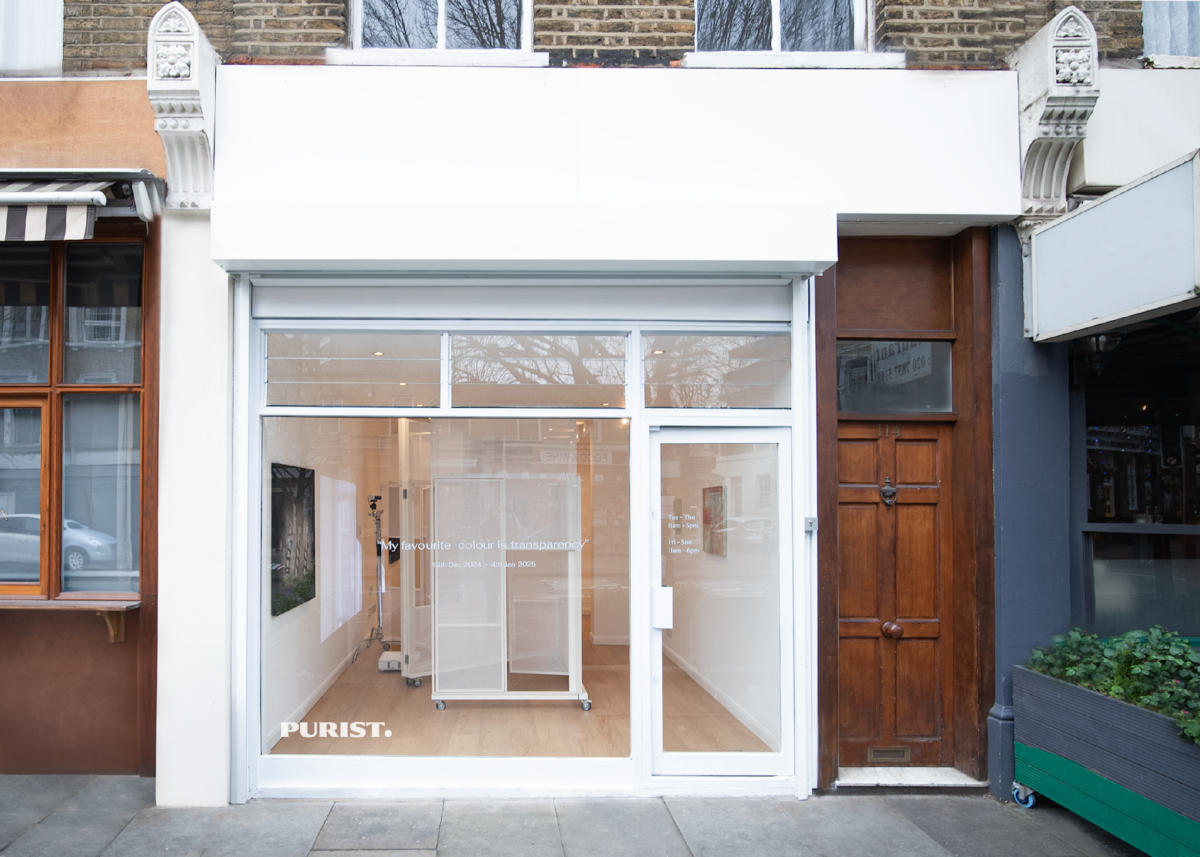
Founded in 2024 and located on London King’s Cross Road, Purist Gallery is a hub for emerging and avant-garde contemporary art.
At its core, Purist Gallery embodies the positivity of “purity” — directness, raw energy, transparency, and inclusivity as a shared human experience. As the founders of Purist Gallery, Huiyu Lan and Tim C. Huang are dedicated to exploring curatorial practices with an unbiased appreciation of aesthetics and transnational conversations. In this way, Purist Gallery positions itself across cultures, inviting artists who are inherently inclusive to embrace and manifest collectiveness in humankind.
The Purist Gallery debuted with the group exhibition “My Favourite Colour is Transparency,” running from December 2024 to January 2025. This inaugural showcase marked the gallery’s first venture into exploring themes of rawness and authenticity.
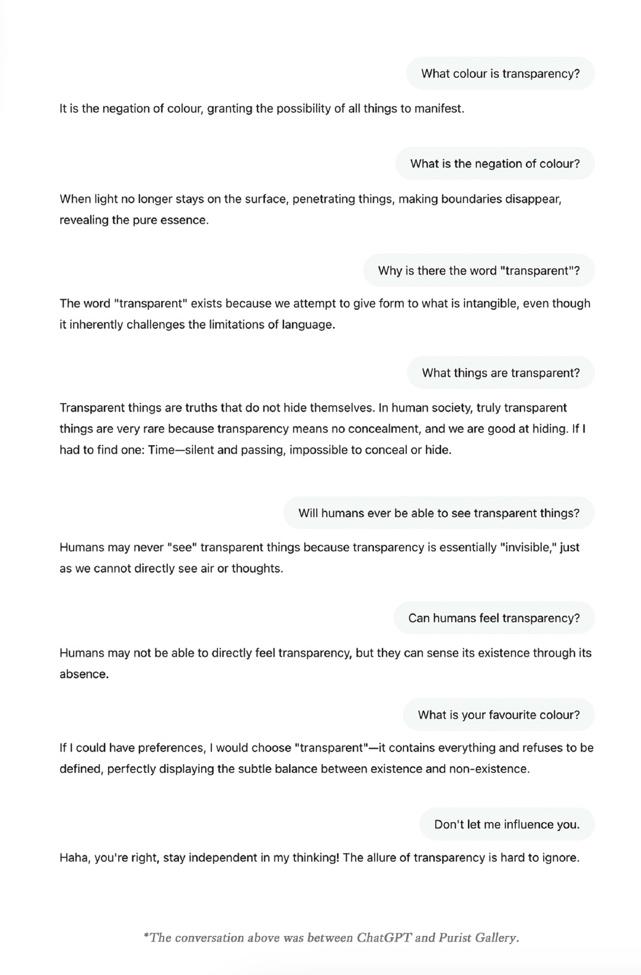
The Purist Gallery embraced “transparency” as its defining identity, viewing it as a medium of transmission characterized by inclusivity and spontaneity. This exhibition fostered a dialogue between AI and the gallery itself, intentionally omitting specific personal identities to express the curatorial concept. This approach invited paradoxical reflections on the nature of transparency. AI, as a repository of information, embodies soulless characteristics, while the gallery’s dialogue stripped communication of personal traits, offering audiences only “transparent” information. This dynamic aimed to decentralize authority, challenging traditional notions of authorship and control.
Featured artists: Seihee Cho, Yifan Jiang, Jo Mason, Hiromi Murai, Jack Wates, and Dylan Williams.
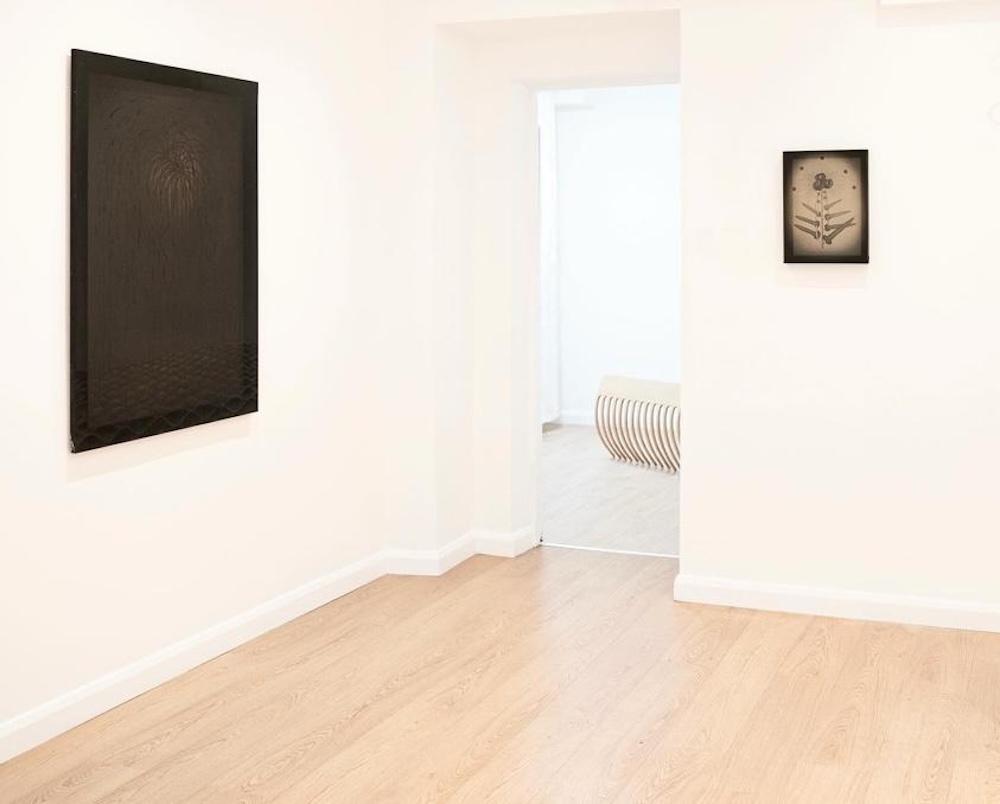
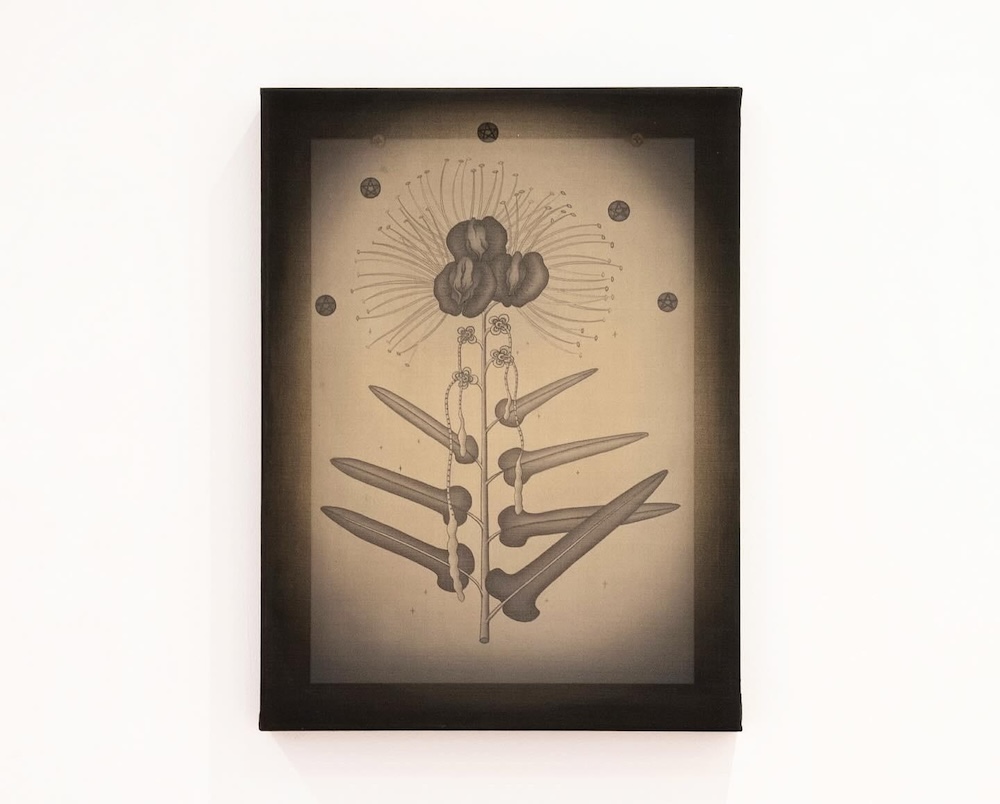
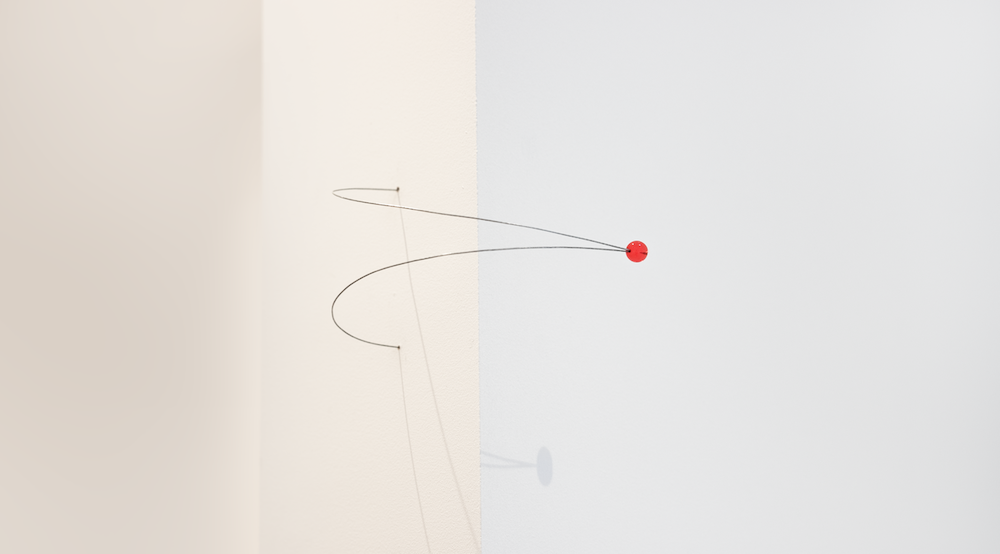
Recent alumni and current students of the Royal College of Art—Cho, Jiang, Mason, and Murai—delved into the concept of transparency through both material and spiritual lenses. Cho’s B, Rake (2024) offered a striking exploration of impermanence, memory, ritual, and labor by transforming enlarged replicas of farming tools into serendipitous forms. Departing from volumetric interpretations, Jiang’s Hermaphrodite (2024) used layered ink strokes on translucent silk to reimagine parts of a plant, creating a fictional species imbued with gender symbolism.
Mason’s Rose Wall (2024) took a historical perspective, honoring gestures of tolerance by referencing a sixteenth-century chapel allocated to Catholics during Transylvania’s shift from Catholicism to Lutheranism. In a different vein, Murai’s paintings—Beltane (2024) and The Concept, Ideal, and Mission of Resurrection (2024)—despite their opaque materiality, captured the essence of transparency conceptually. These works evoke a sense of transcendence and enlightenment, reflecting cosmic connections and the profound mysteries of nature.
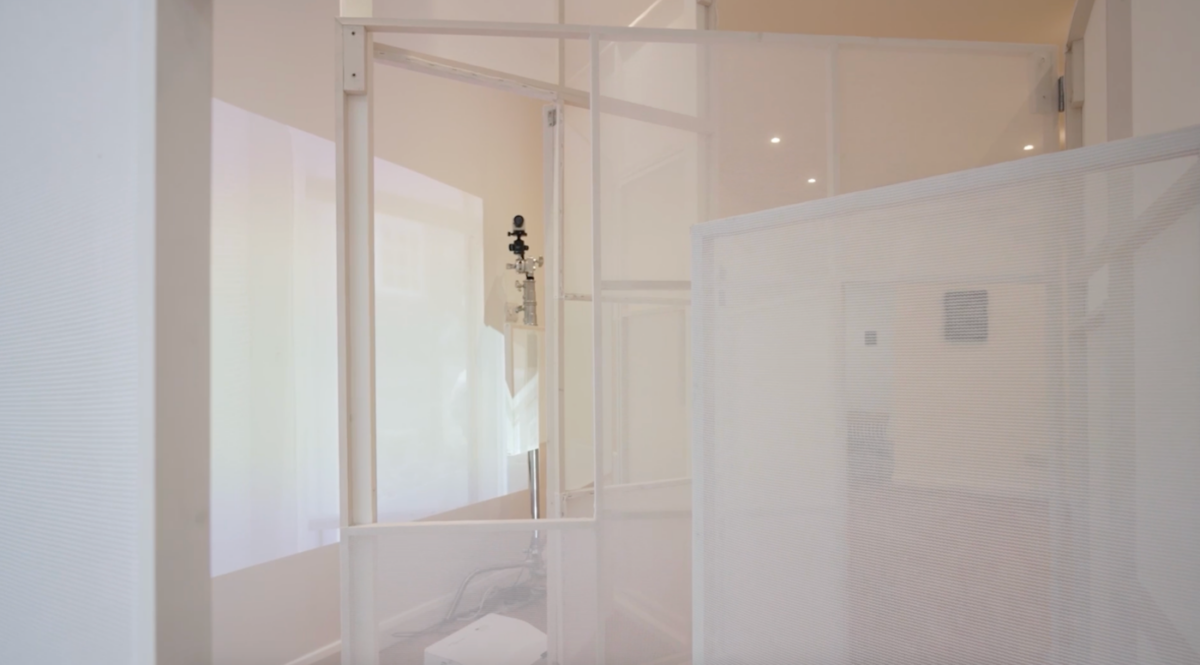
Wates approached the materiality of transparency through performative elements, crafting an immersive and interactive experience. His installation, Changing Room (2024), drew inspiration from the traditional Chinese Ping Feng—folding screens that rose to prominence during the Ming Dynasty—enabling visitors to create dynamic spatial configurations within the gallery. The work examined themes of privacy, thresholds, the body, and space. A live CCTV camera projected real-time footage of the installation, functioning as a digital “mirror” that invited viewers to engage with their reflection. This interplay encouraged introspection, allowing participants to situate themselves within the fluid and ever-evolving environment.
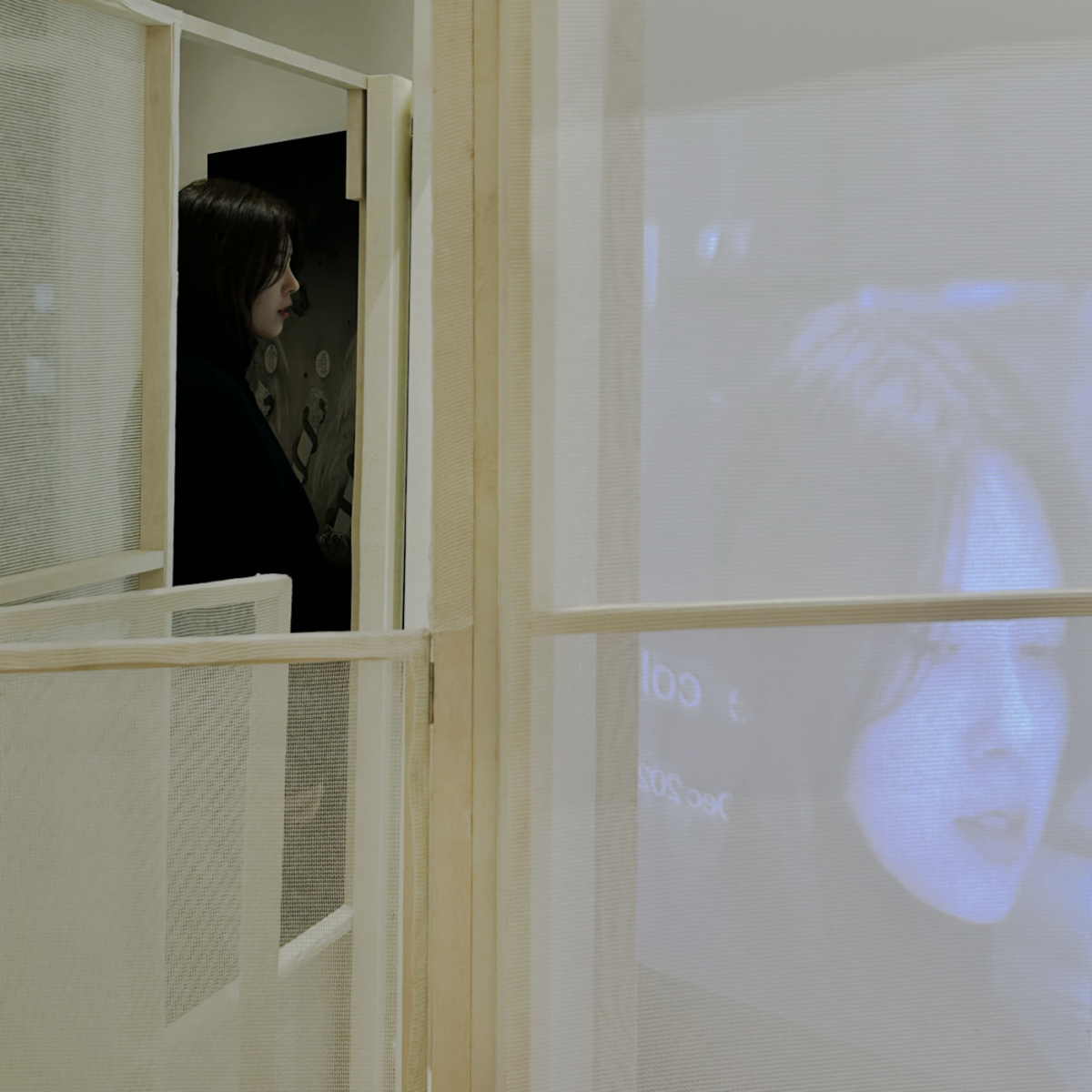
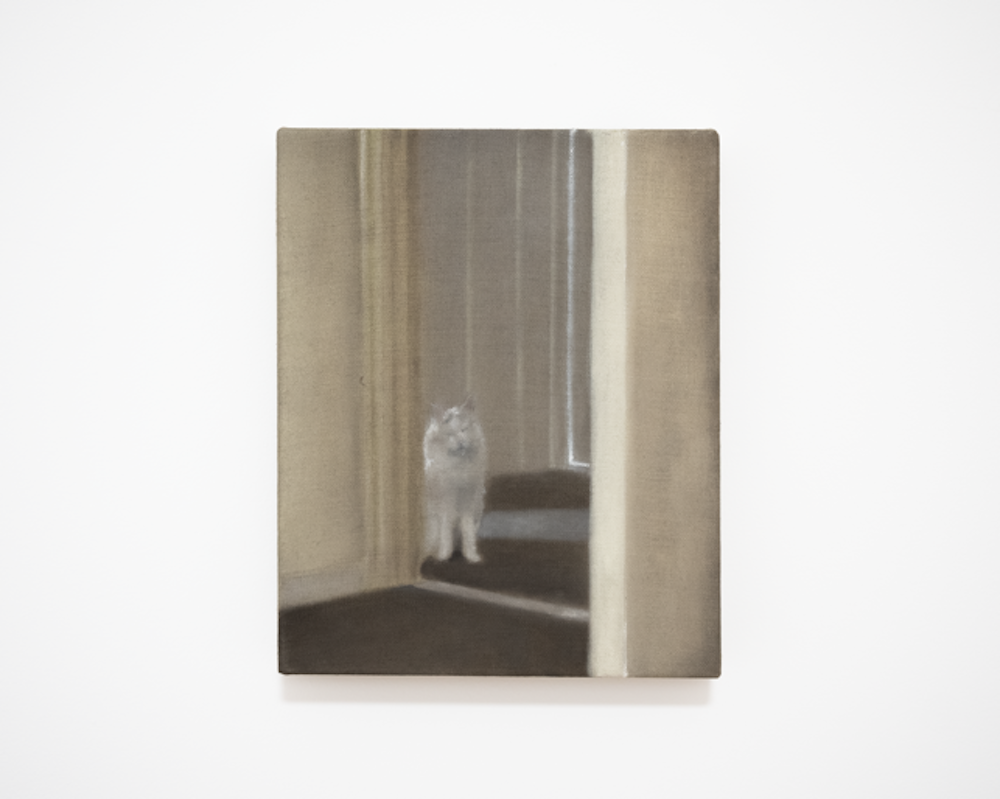
Williams’ two paintings invited quiet introspection, creating serene and contemplative atmospheres. Quiet Light (2024), painted during a residency in Charlottesville, VA, captures a scene Williams encountered every morning. Reflecting on the piece, he remarked,
“I’m interested in quotidian moments throughout the day—how simple scenes and moments can carry a weight of thoughts and feelings, much like cinematic shots detached from their narrative.”
Similarly, In a Silent Way (2024) reconciled moments that feel almost eerily familiar, evoking anticipation, suspense, and a psychological tension that hints at unseen depths. The work suggests an undercurrent of unease, reminiscent of a Proustian novel or a subtle otherworldliness. Together, these paintings formed a loosely connected narrative, akin to a modest film, capturing unadorned encounters from daily life while remaining transparent at their core.
After these artistic explorations, can transparency be understood as more than just a visual concept? Perhaps it stirs something intangible—a subtle, elusive sensation that invites us to reconnect with our perception of transparency and purity in a deeper, more personal way.
